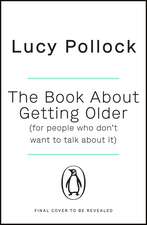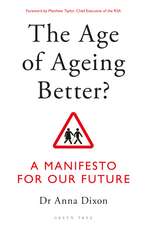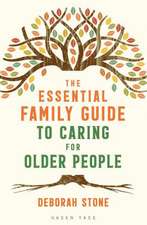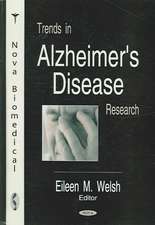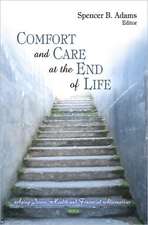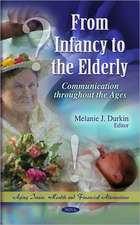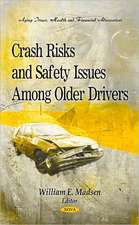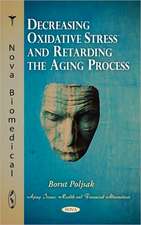Closing Chapters of Long Lives
Editat de Edith Guilley, Christian J. Lalive d'Epinayen Limba Engleză Hardback – 31 dec 2007
Preț: 550.06 lei
Preț vechi: 749.62 lei
-27% Nou
Puncte Express: 825
Preț estimativ în valută:
105.28€ • 109.50$ • 88.23£
105.28€ • 109.50$ • 88.23£
Carte disponibilă
Livrare economică 21 februarie-07 martie
Preluare comenzi: 021 569.72.76
Specificații
ISBN-13: 9781604569711
ISBN-10: 1604569719
Pagini: 154
Ilustrații: tables
Dimensiuni: 181 x 258 x 16 mm
Greutate: 0.49 kg
Editura: Nova Science Publishers Inc
ISBN-10: 1604569719
Pagini: 154
Ilustrații: tables
Dimensiuni: 181 x 258 x 16 mm
Greutate: 0.49 kg
Editura: Nova Science Publishers Inc
Cuprins
Preface; Introduction: The Closing Chapters of Long Lives-A Presentation; The Swiss Interdisciplinary Longitudinal Study on the Oldest Old: design & population; Individual health transitions between robustness, ADL-independent frailty & ADL-dependence in late life; Is the last stage of life one of long-term ADL-dependence?; Self-reported changes: Relation with health, activity & well-being; The death of a close relative or friend: Impact on health & relationship; Giving & receiving instrumental support within the family network; Retaining or recovering robustness in very old age. What is the role of social relationship?; The interface between formal & informal support: Does formal support substitute informal one?; Remaining active: A boost for well-being; The paradox of well-being in later life: Effectiveness of downward social comparisons during the frailty process; Index.




